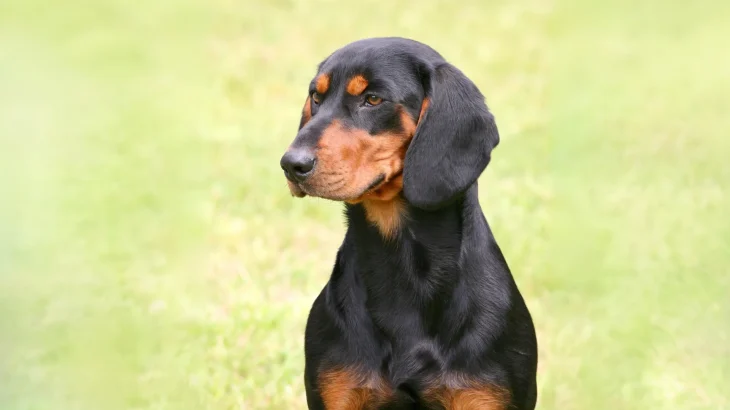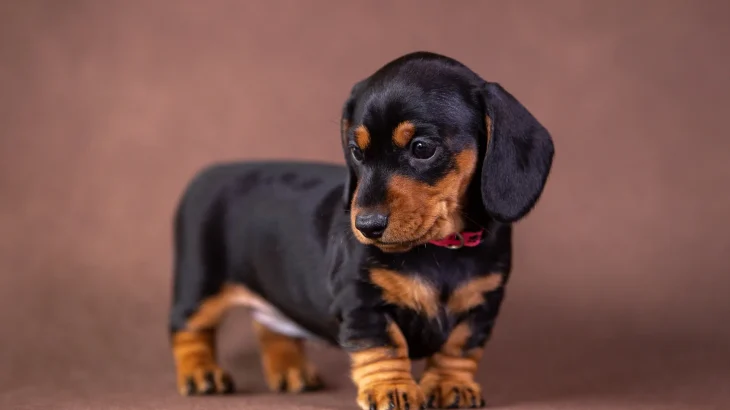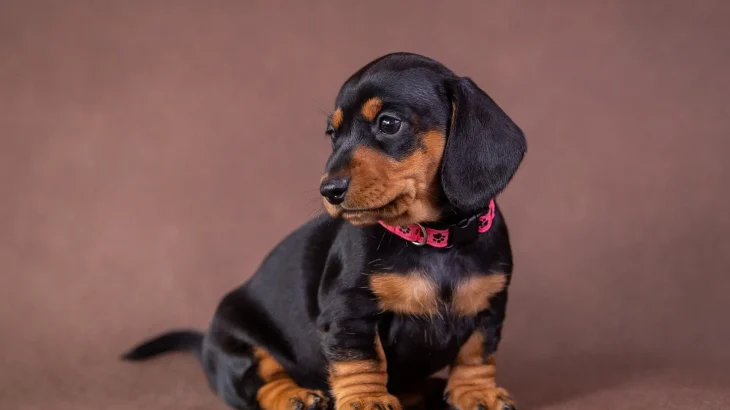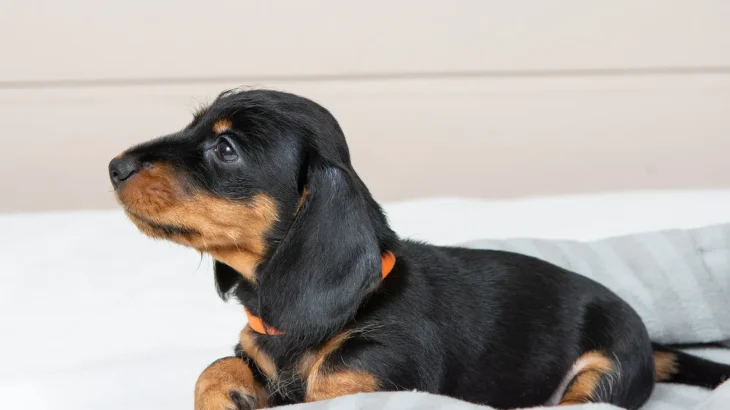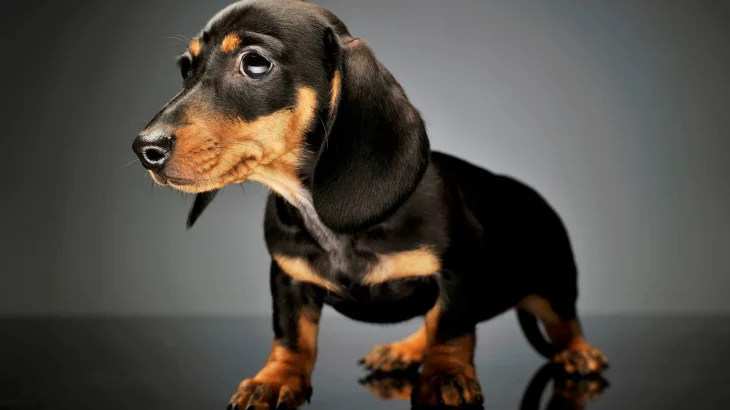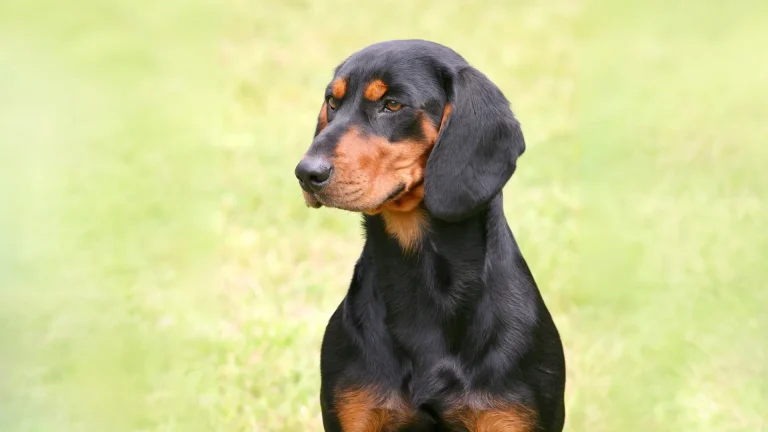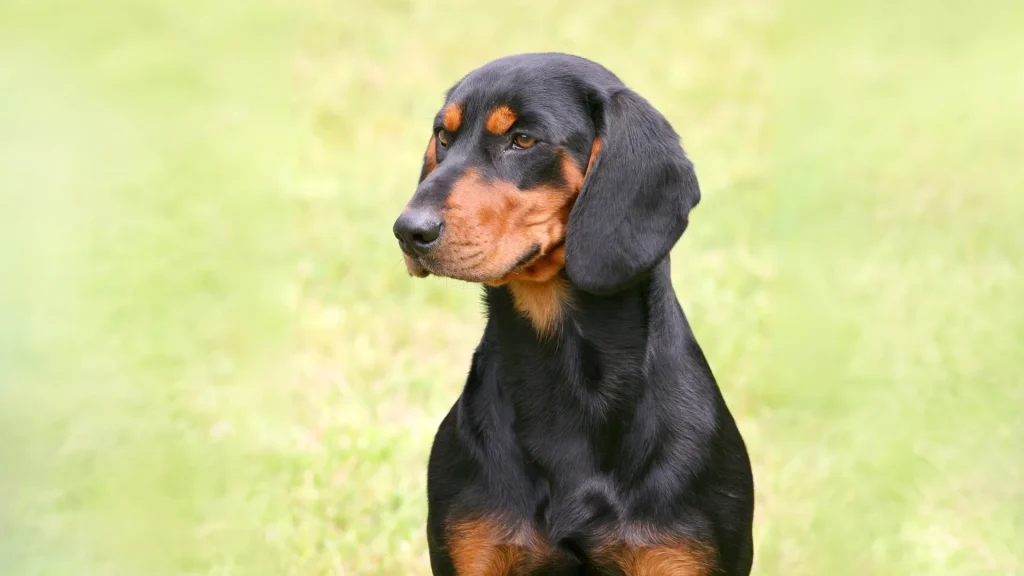When deciding on bringing home a Slovakian Hound puppy, choosing between adoption and buying from a breeder depends on your preferences for health transparency and supporting ethical practices. Purchasing from a breeder often offers clearer insights into the puppy's health and pedigree, while adoption gives a loving home to a dog in need.
Adoption vs. Breeder: Pros & Cons
| Criteria | Buying from Breeder | Adopting from Shelter/Rescue |
|---|---|---|
| Cost | Usually higher due to breed purity and breeder expenses. | Lower adoption fees, making it more affordable. |
| Health History | Detailed health records and genetic info often provided. | May have incomplete or unknown health background. |
| Age Availability | Primarily puppies, allowing early bonding and training. | All ages available, including adults and seniors. |
| Temperament Insight | Breeders can inform about lineage behavior traits. | Temperament may be observed but lineage details may be missing. |
| Supporting Practices | Supports responsible breeding when chosen carefully. | Supports animal welfare by rescuing dogs in need. |
| Breed Purity & Pedigree | Generally assured with paperwork and certifications. | Often mixed or unknown breed background. |

